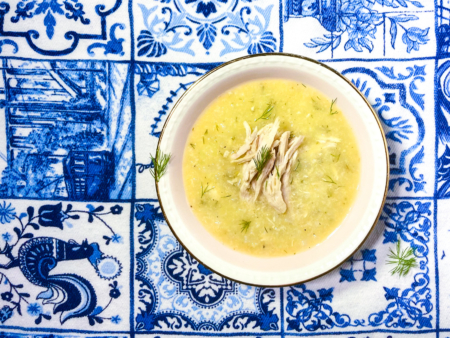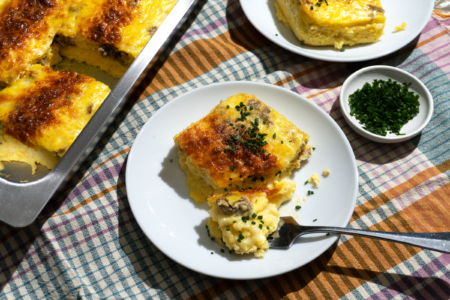It’s the ultimate cheese feud! Grana Padano vs. Parmigiano-Reggiano. These dueling wheels of seemingly similar cheeses have been battling for dominance for centuries. From an outsider’s perspective, Parm might be the pack leader but there’s a lot to be grate-ful for when it comes to grana padano.
What is Grana Padano?
Grana padano is an Italian hard cheese made by cooking, brining, and ageing raw cow’s milk. The curds are pressed into large wheels (which clock in at over 50 lbs) and aged for months. The resulting cheese is rich and savory with just a hint of nutty sweetness all wrapped in a perfectly pale yellow rind. Grana, meaning ‘grain’, refers to those tiny deliciously crunchy granular pops you experience while eating. Padano refers to the regions of Val Padana or the Po River Valley, which produce grana padano cheese. Sounds an awful lot like Parmesan, doesn’t it?

What is the difference between Grana Padano and Parmigiano-Reggiano?
The differences between these two cheeses are very subtle. Here are six of the major variations:
1) While both cheeses are made in northern Italy, Parmigiano is made in a small section of the Emilia Romagna region, whereas Grana padano can be produced in several regions including Emilia Romagna, Piedmont, Trentino, and Veneto.
2) Grana padano and Parmigiano are both made with cow’s milk. Grana padano is made entirely from semi-skimmed milk while Parmigiano is made from a blend of whole milk and skimmed milk, making parmigiano slightly more fatty than Grana padano.
3) Because of fat content differences, these cheeses age at different rates. Grana padano reaches cheesy maturity by 9 months and Parmigiano reaches maturity by 12 months.
4) These ageing rates also affect the price difference between these two cheeses. Grana padano being the less expensive of the two since it takes less time to make.
5) Both Grana padano and Parmigiano are heavily regulated by the EU and have prestigious protections and designations (called PDO). A big difference between them, and enforced by the PDO, are the diets the cows are allowed to follow. Parmigiano cows can only graze in their local fields. Grana padano cows also locally graze, but are allowed to have corn-based feed as well.
6) The difference in the cow’s diet affects the flavor of the cheeses; Grana padano produced with corn-subsidized milk produces a sweeter flavor, whereas Parmigiano is moderately more pungent and savory.

So, can I use Grana Padano instead of Parmigiano?
100% yes! Grana padano might even appeal to those who find authentic parmigiano-reggiano a little too pungent for their taste.
Try substituting the parmigiano in these recipes with grana padano.
Chicken Parmesan with Herb Garlic Broccoli
Slow Cooked Polenta with Cherry Tomatoes

Feature Image: luigi Panebianco from Pixabay



